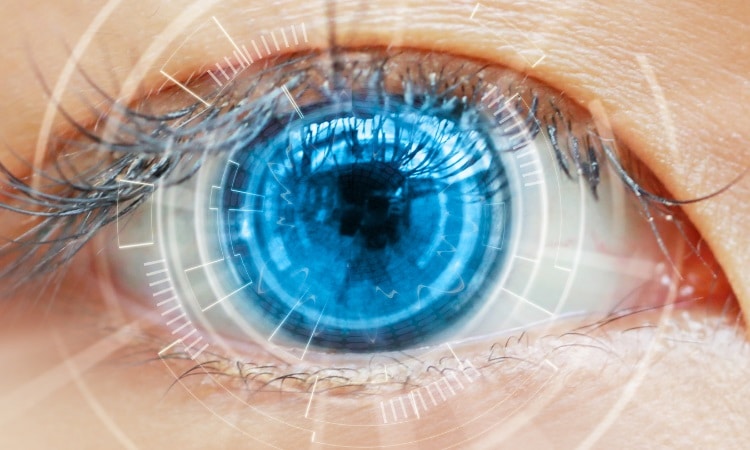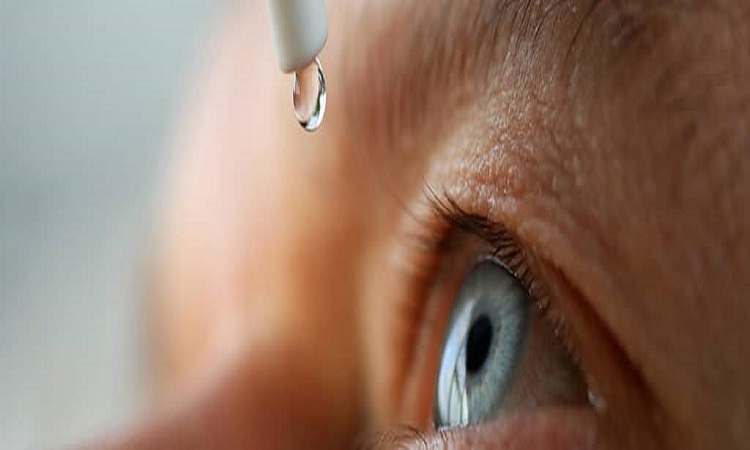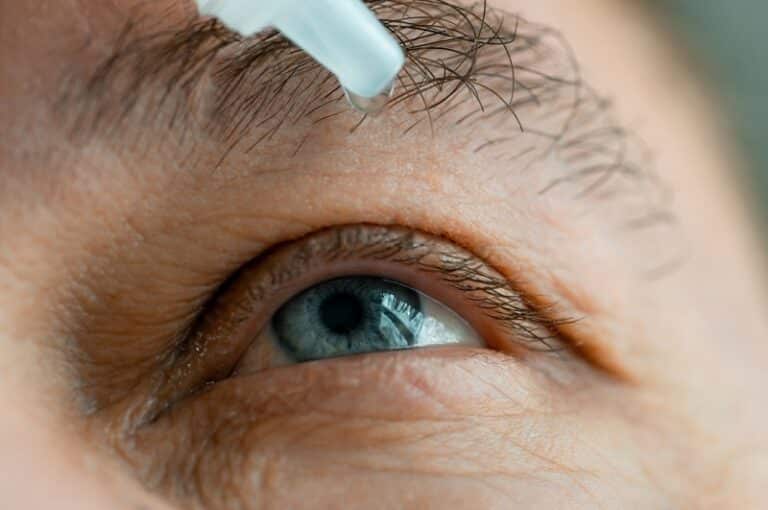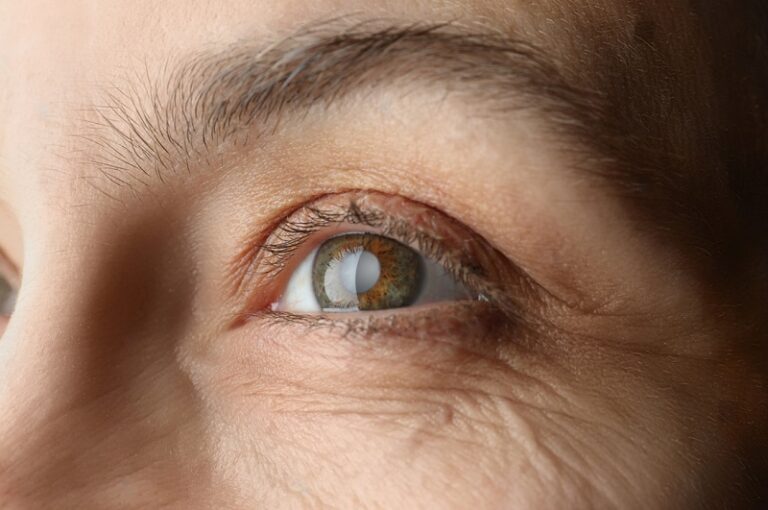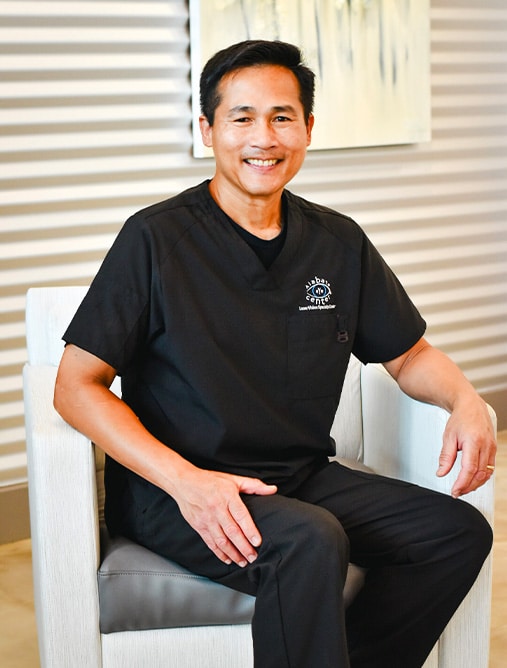What Treatments are Available for Glaucoma?
Have you noticed symptoms of glaucoma? Even if you have it, you may not know it. Glaucoma is mostly a silent eye disease that may slowly and progressively cause vision loss. Today, eye surgeons experienced in glaucoma can offer a range of effective treatments. However, no treatment will reverse vision loss, so never skip your annual eye exam.
What is Glaucoma?
Increased pressure inside your eye can lead to glaucoma. This eye disease may cause irreversible vision loss if undiagnosed or left untreated by damaging the optic nerve. Once the nerve has been damaged, it will never recover. Because glaucoma has no symptoms for most of its progress, regular eye screenings offer the best opportunity to start treatment before vision loss occurs.
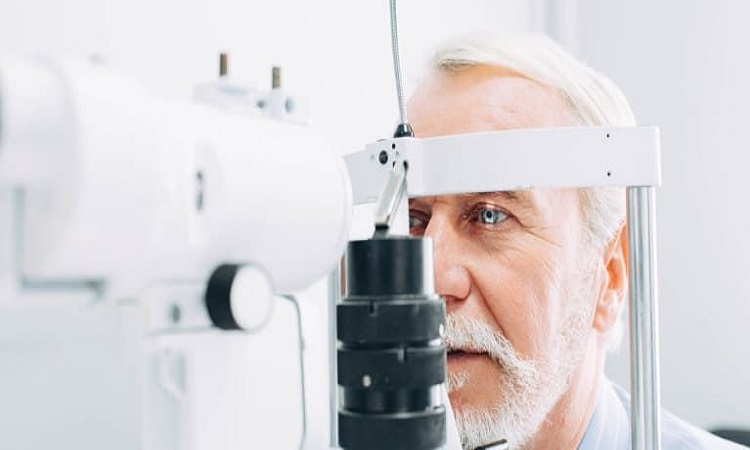
What Treatments are Available for Glaucoma?
Dr. Alabata has fellowship training in glaucoma treatment, so he stays up-to-date on all available treatment options. Few surgeons offer as wide a range of options tailored to your unique needs as Alabata Eye Center. The primary goals of all glaucoma treatments is to lower the pressure inside the eye, prevent further damage to the optic nerve, and protect your current vision. While most methods work by removing fluid from the eye, some decrease the amount of fluid made in the eye.
Minimally Invasive Glaucoma Surgery (MIGS)
Glaucoma treatment has advanced to the stage where minimally invasive microscopic surgical devices can decrease your intraocular pressure (IOP). MIGS are microscopic devices that help remove excess fluid from the eye in the hopes of reducing your IOP.
YAG Peripheral Iridotomy
Blocked fluid drainage inside the eye can lead to a medical emergency called angle-closure glaucoma. A YAG Peripheral Iridotomy is an office procedure performed by a medical laser to create a tiny opening in the iris. This immediately relieves the pressure and protects your vision. Once the emergency has been addressed, other treatment methods may be used. This procedure can also be utilized in drain angles that are not closed but are at risk for closure as a preventative treatment.
Selective Laser Trabeculoplasty (SLT)
SLT is an office procedure that uses a medical laser to help promote the opening of blocked drainage ducts inside the eye responsible for IOP control. This lets excess fluid drain naturally which may protect your eyes from the effects of high IOP. Patients may have results lasting up to five years, which may delay the need for further treatment.
Aqueous Tube Shunt
A shunt allows fluid to flow out of an area of high pressure. An aqueous tube shunt is surgically implanted onto the sclera or wall of the eye. It uses a tiny tube which is inserted inside the front part of the eye. This tube drains excess fluid underneath the conjunctiva or covering of the eye. This fluid returns back into the body’s circulation. This relieves pressure inside the eye. No one can see the tube under normal circumstances.
Durysta™
A medication called bimatoprost improves fluid drainage from the eye. Durysta™ is a small implant that releases this medication over time. This is a quick office procedure performed at the slit lamp. This may free you from taking as many medications for your glaucoma and help control your IOP.
Request a Consultation
We’d love to help you get all the information you need in order to make the best choice for your eyes. Request a consultation today! Our staff is available and happy to answer your every question.
Am I a Good Candidate for Glaucoma Treatment?
If you have high IOP or any signs of glaucoma, you should start glaucoma treatment right away. Starting treatment promptly can save you from vision loss. These treatments are safe for almost everyone, and some can be used in combination to achieve better glaucoma control. You will need to see your ophthalmologist regularly for ongoing maintenance.
Is There Any Downtime After Glaucoma Treatment?
Other than aqueous tube shunts, most of these treatments have little to no downtime. You may have some minor blurred vision or eye irritation immediately following your procedure or surgery. In certain situations, your eye may be red, light sensitive, and tender for a few days. Ask Dr. Alabata for specifics on the recovery after your procedure or surgery.
Take the Next Step
To schedule your in-person glaucoma consultation, call Alabata Eye Center at (850) 331-3937. A referral is not necessary. We look forward to hearing from you!
